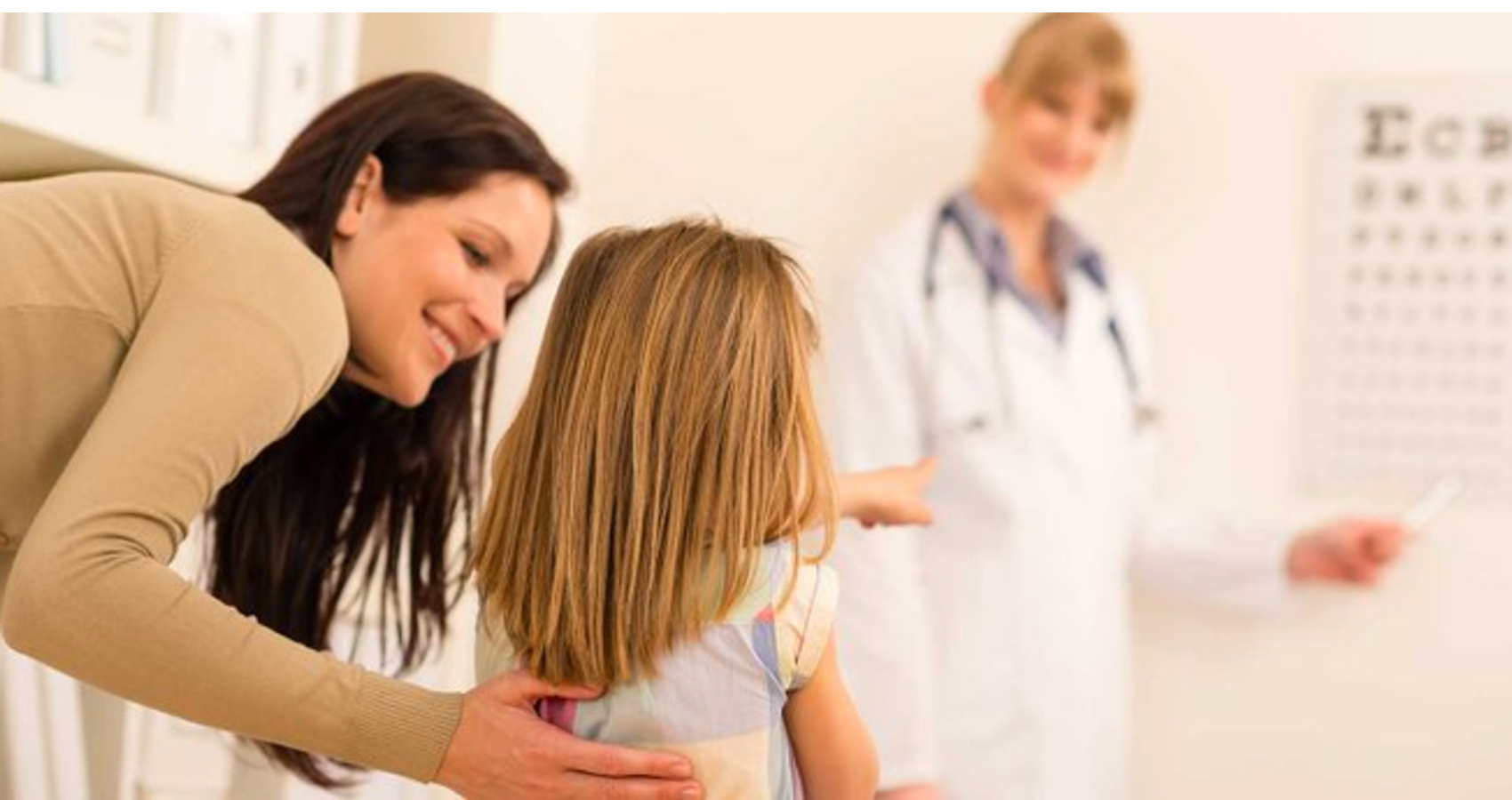Experts are worried about the increase in cases of myopia among young children throughout the pandemic. We are all living through a historical event that our children will read about in textbooks one day, and this event is having catastrophic effects on just about every single person. COVID-19 has changed the way we all live, and while it has taken many lives, it has also taken away so much from children. They have had to miss out on birthdays, events and seeing their family and friends. It is also having significant impacts on the health of children, even those who don’t contract the virus.
According to Physician's Weekly, a study was done that has found that the cases of myopia has increased substantially in children of school-age, or between the ages of 6-8. Myopia is also known as “nearsightedness” and it is a condition where you can see items close to you clearly, but images farther away seem blurry, according to Mayo Clinic.
The study was completed and published in JAMA Ophthalmology, and it found that in 2020, there was an increase in cases when compared to the years 2015-2019. This can partly be blamed on the fact that children are learning virtually from home, and they spend most of their days sitting in front of a computer screen.
In-person learning was halted during the pandemic and not all schools have gone back to in-person learning. Those that have welcomed students back are not seeing a full student body, as parents choose to keep their children home in an attempt to keep them safe.
It is even clearer now that there may never be a “right” decision for moms out there. Keeping them home from school may decrease their chances of contracting the virus, but it is exposing them to other conditions. There is concern that by shutting the schools down may be increasing the cases of myopia and other ailments due to students not spending as much time outside as they would if they are in school, and they are also sitting in front of a computer screen a lot more.
The presence of myopia seemed to directly affect children between the ages of 6-8 and that it was 3 times higher in 2020 than it was in previous years. When children are young, their refractive status of the eye is more sensitive to changes than that of older children, which may be why this age group seems to be affected more than others.
Younger children are in a much more important stage of development, and the constant exposure to screens may be too much for their eyes to take. It is important that mom provides screen breaks for her child and encourages them to do activities that don’t involve screens when they are not in class.
Sources: Physician’s Weekly, Mayo Clinic, JAMA Ophthalmology

